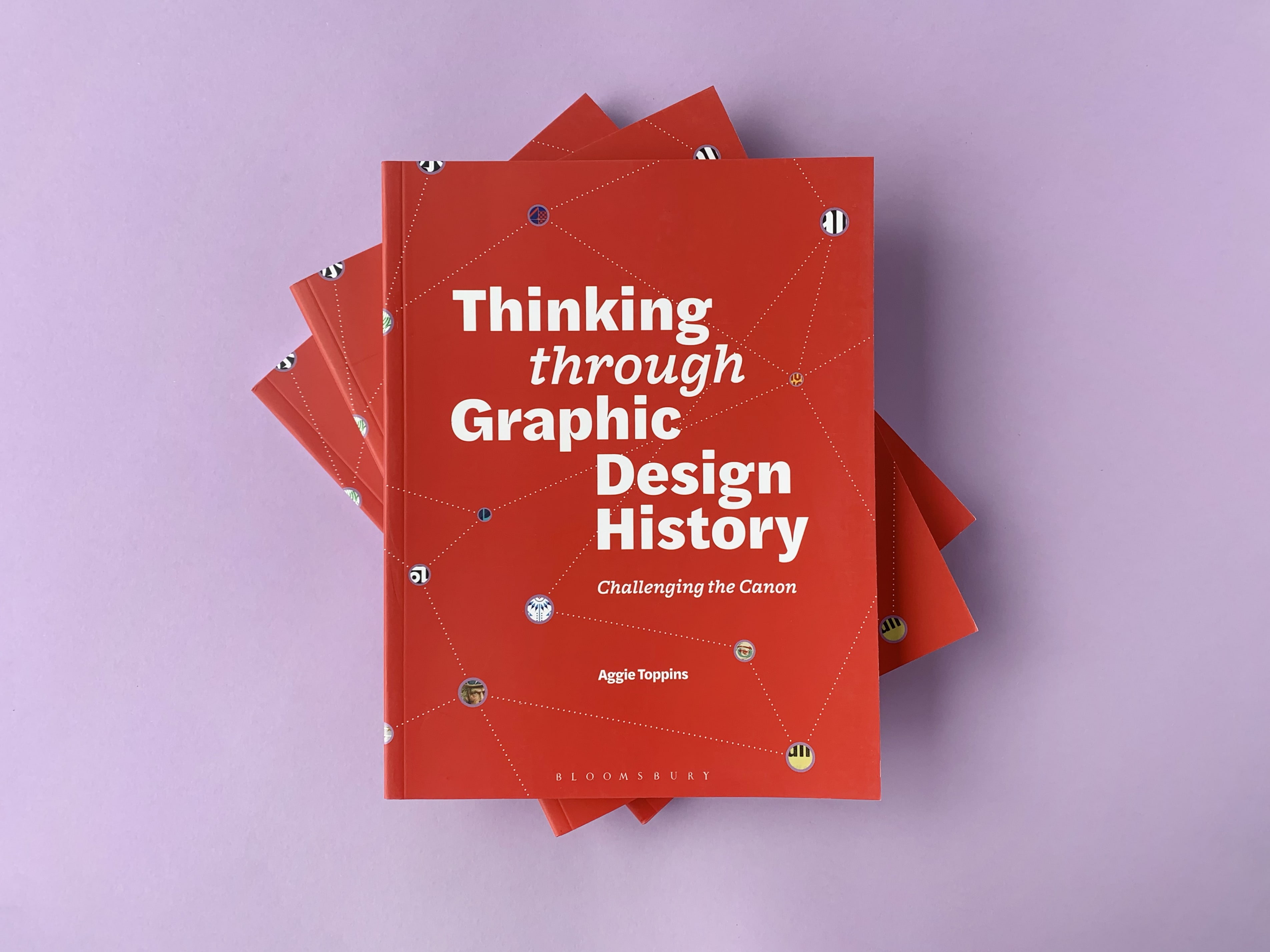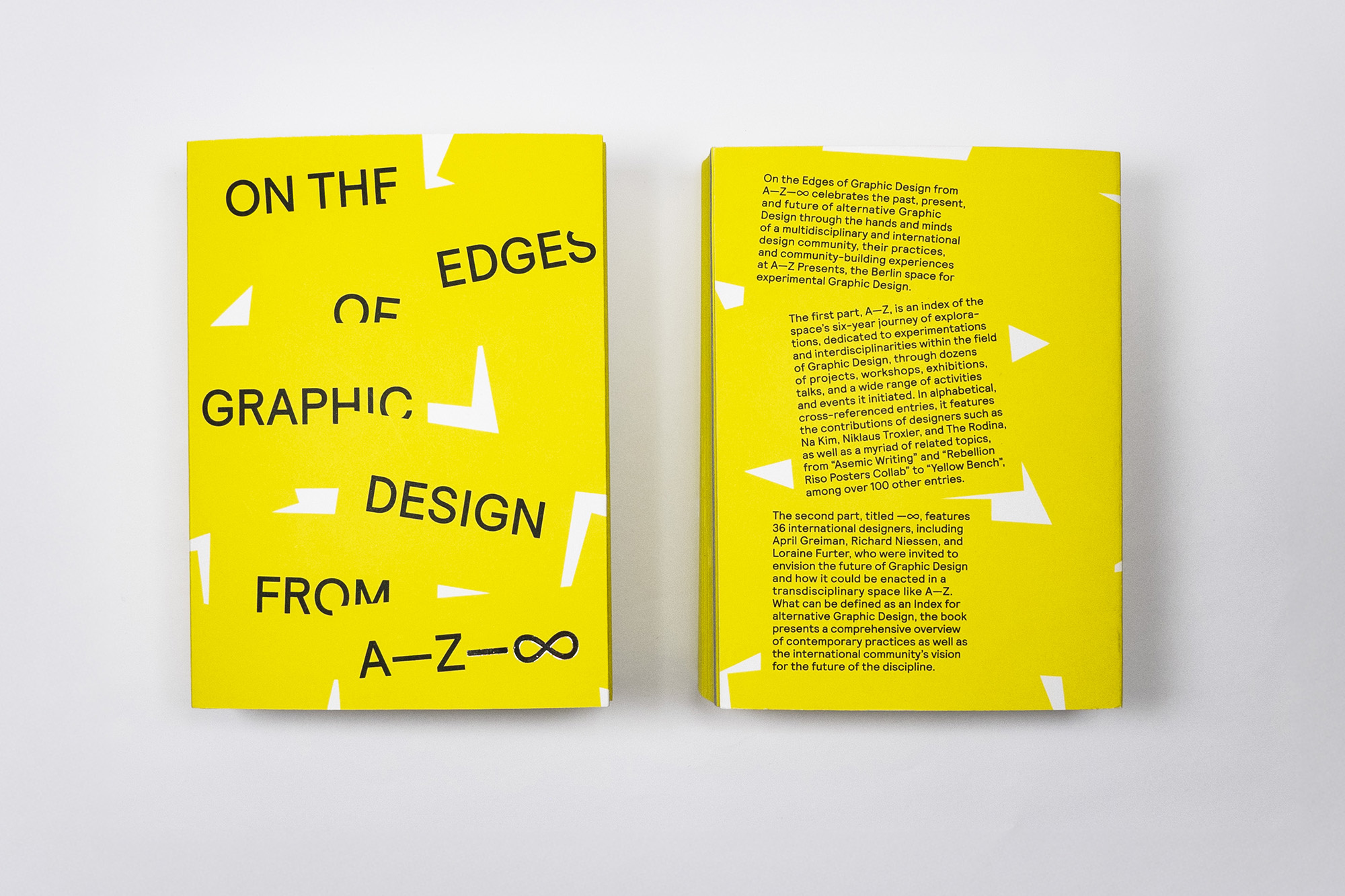What is the role of graphic design history? How do we catalog it? Why do we value it? What can we learn from history to make sense of design today? These questions have animated design historians — an admittedly small group of people — for decades. I’m thinking of Andrew Blauvelt’s guest-edited volumes of Visible Language in the 1990s, New Perspectives: Critical Histories of Graphic Design or Catherine de Smet and Sara De Bondt’s 2012 collected anthology Graphic Design: History in the Writing (1983-2011).
Aggie Toppins’s (ep. 73) new book Thinking Through Graphic Design History: Challenging the Canon, out today from Bloomsbury, is an important addition to this literature. Both building upon the work of design historians while also expanding how we talk about design history, this textbook is a practical guide for using history to understand contemporary design practices. Perfect for a practitioner to use on their own or an educator (or student!) for use in the classroom, this is the kind of book I’ve been waiting for to help designers connect the past with the present. I was curious to hear more about how Aggie thought about the book, how she put it together, and how it’s changed her own relationship to history. Here’s our conversation.
Your new book, Thinking through Graphic Design History is, as the title suggests, not a history book but rather a book about design history: how to think about it, how to understand it today, how we can make it relevant to our practices or in our classrooms. Tell me about the big ideas that animate the book for you and where the idea of turning them into a textbook came from.
I began asking questions about why graphic design history looks the way it does, and why students and practitioners relate to it the way they do, in the context of my classroom. I often saw my students grasping at historical forms — making references to the past without much critical purpose. I looked for readings to help them make sense of this impulse, but I didn’t quite find what I was looking for. Most of what I found conformed to “design heroes” rhetoric, or else, it was so scholarly that it risked being unrelatable to undergraduates who lacked the prerequisite knowledge.
I wanted to write about how we could think differently about graphic design history, but I also wanted to discuss how diverse framings might change the way we understand our practices. My book attempts to build a bridge between thinking historically and designing for the here and now. My central argument is that designers benefit from learning how to do historical research and interpretation, because then they can find the narratives that pertain to their interests, but also, they will have more tools for reflecting on the conditions in which we work.
I didn’t seek to write a textbook exactly, but my perspective comes from my experience as an educator. I also know that designers are often practical people. So, I tried to make the theory more accessible by including examples at different scales.
This story is exclusive to Substack subscribers.
Already a supporter? Click here to read the entire story.




